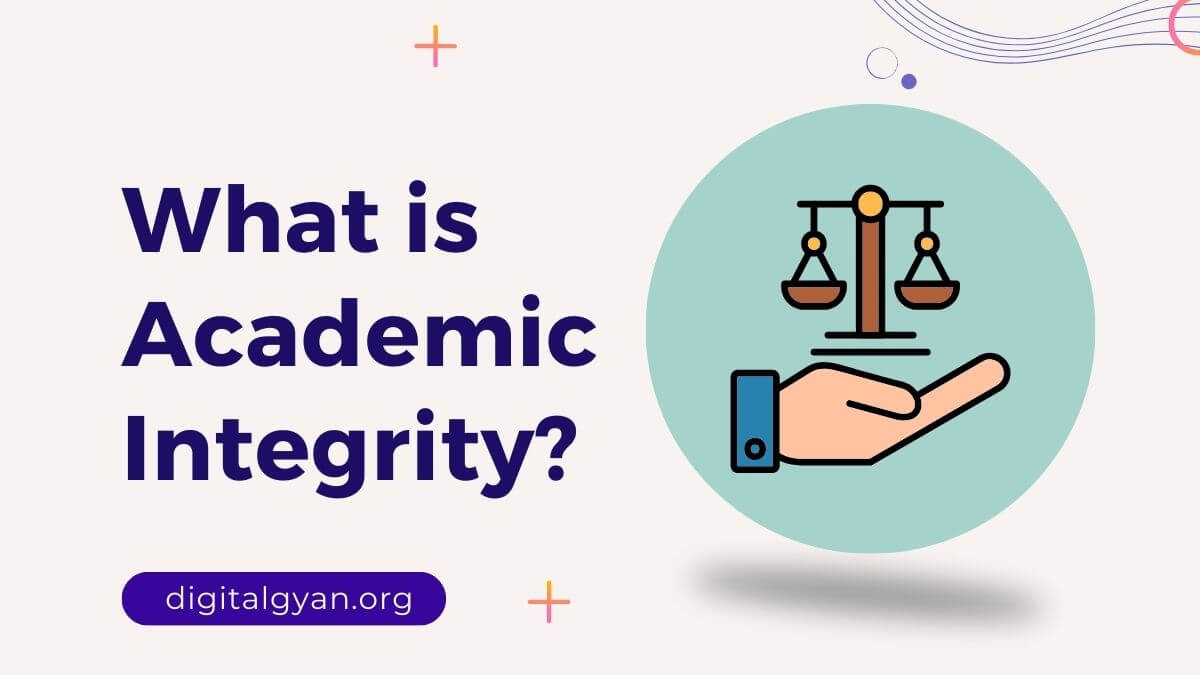What is Problem Solving Process and its Importance?
Having excellent problem-solving abilities may have a significant impact on your career. Problems are at the heart of what people accomplish daily at work.
The difficulties you confront might be vast or little, simple or complicated, easy or challenging, whether you’re addressing an issue for an internal or external customer, helping people with difficulties or identifying new issues to address.
Finding solutions to problems is an essential aspect of any manager’s job. As a result, being a confident problem solver is critical to your success. A decent technique to follow when tackling a challenge contributes to a lot of that confidence. You can address problems fast and effectively with one.

There are four basic steps to solving a problem
1) Defining the problem
The first stage in every problem-solving process is to define the issue at hand precisely. Despite its apparent simplicity, this is a crucial part of the procedure. It is hard to discover a workable solution if one does not first gain an accurate picture of the issue at hand.
It involves identifying the underlying cause of the issue. It is worth noting that the source of a problem is not always readily apparent, implying that intensive analysis is required. One must ask himself queries like who, where, and why. These questions will assist in pinpointing the source of the problem.
The key to a successful problem definition is to focus on the actual problem rather than its symptoms. If your department’s performance is poor, you may believe the issue is with the people who submit work. However, if you dig a little further, you could find that the problem is a lack of training or an excessive workload.
Asking the proper questions and working through the layers of a problem with tools like 5 Whys, Appreciation, and Root Cause Analysis can help you figure out what’s going on. It’s also critical at this point to ensure that you examine the problem from a variety of angles.
2) Generating alternatives
Once the problem has been defined, it’s time to think of various possible solutions that can be considered. It’s crucial to think creatively and explore all ideas, no matter how far-fetched they may appear at first.
After compiling a solid list of options, the next step is to evaluate each one. Judgment must be made on which solutions are the most practical and effective in solving the issue. Think about what you want to accomplish and how you want to get there, and then pick a path based on those considerations.
The action might be scary, but you shouldn’t have to face it alone. Consult with others who may have solved difficulties comparable to yours before.
3) Evaluating and selecting alternatives
Evaluation and selection of alternatives are crucial steps in the process of problem-solving. The first phase of this stage is to determine the evaluation criteria. This involves identifying the criteria that will be used to assess the alternatives. The criteria should be applicable, realisable, and quantifiable. After identifying the criteria, the alternatives should be evaluated against them. It is essential to employ a systematic method to ensure that the evaluation is objective and exhaustive.
This phase will assist in identifying the optimal solution for the issue at hand. It is crucial to rank the alternatives based on the results of the evaluation that follows. The classification assists in identifying and prioritizing the best solution. Evaluation and selection of alternatives is a crucial phase in problem-solving. By using a systematic approach and identifying relevant criteria, a suitable solution can be identified and ranked, resulting in an effective resolution of the issue.
4) Implementing solutions
It entails adopting and implementing the solution that best solves the issue. It’s crucial to choose the best option after weighing all the alternatives. The chosen course of action must be realistic, workable, and beneficial to the circumstance.
Planning the method of implementation is the next step after choosing a solution. It entails segmenting the problem into smaller parts and deciding which resources are required for each one. Planning makes ensuring that everything gets done and that nothing is overlooked during the implementation phase.
It’s crucial to assign roles and duties as part of the implementation process. It is essential to decide who will be in charge of each task and to make sure that everyone is aware of their obligations. In this sense, communication is crucial since it makes sure that everyone is aware of expectations and is on the same page.
The implementation process can start after everyone is aware of their responsibilities. It is crucial to stick to the plan and monitor advancement. Being adaptable and making appropriate plan adjustments is also crucial during the implementation process.
In order to confirm that the solution has produced the intended results, it is crucial to evaluate the implementation process. By evaluating, one might find problems that need to be fixed and enhance the implementation procedure for future use.
Importance of Problem-Solving Skills in Personal and Professional Life
Problem-solving skills are necessary for dealing with challenges that arise in daily life, such as managing one’s finances, working, and interacting with others. They provide a hand to individuals in comprehending predicaments and coming up with answers to challenges.
The skill to solve issues is a fundamental cognitive function that we have evolved and strengthened throughout our lives as a part of our self-regulation, which enables us to learn, adapt to our surroundings, make sound judgments, and maintain control over our emotional states.
In a professional setting, problem-solving skills are highly valued by employers. Identifying issues, analysing them objectively and coming up with practical solutions are key in many jobs. This skill allows employees to navigate complex situations easily and helps businesses run more efficiently overall. Whether troubleshooting technical issues or handling difficult customers, strong problem-solving skills will help you excel at work.

